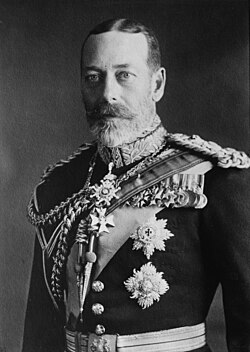Selection of the signatories
Those who have assisted the development of philately through their research, expertise or giving their time can be candidates to sign the Roll if they are sponsored by one of the existing signatories. The following four years, the candidate is examined once a year with the other current ones by a Board of election. [1] : 33
The ceremony of signature of the Roll happens at the annual Philatelic Congress of Great Britain. [1] : 37–38 Under the Congress' rules, the signatories can talk and vote during the Congress. [2]
Forty-two philatelists were honoured posthumously on the first page of the Roll as "Fathers of Philately". [3] : 9–27
Four other names were added in the 1950s at the bottom of the first page. In 1951, Edward R. Woodward (died 1931) and J. Stanley Telfer (died 1938) were honoured by the Board of election because they were two important philatelists and member of the Board. In 1956, because the Board was sure they would have been called to sign the Roll if they would have lived longer, United States citizen Clarence W. Hennan and A. Tort Nicolau of Spain were added too. [3] : 26–27
History of the Roll
On 30 October 1919, Percy C. Bishop, a member of the London Stamp Club, proposed the institution of an "Philatelic Order of Merit" to honour philatelic writers. This order would be given more importance than existing philatelic prizes and would have an international importance. In late 1919, F. H. Vallencey, president of the club, presented the idea to the readers of his Stamp Collecting paper. In March 1920, a jury of five [4] published a list of twenty-five names who the jury selected from the ninety-one names sent by the readers and British associations. [5]
However, to gain official recognition, the London Stamp Club let the associative members of the 1920 Philatelic Congress of Great Britain in Newcastle upon Tyne decide the future of Bishop's idea. A sub-committee was constituted to find a new name and write rules of the award. [6]
At the 1921 Congress in Harrogate, the "Roll of Distinguished Philatelists" was created without any discussion. [7] The subcommittee has already got the signature of King and philatelist George V on the printed parchment, the twenty-four of the selected by the first jury and fifteen other philatelists were already invited to sign the Roll on the last day of the Congress. [8]
Starting in 1922, the selection of the signatories was annual except between the Congresses of 1940 and 1946 because of World War II. [9]
This page is based on this
Wikipedia article Text is available under the
CC BY-SA 4.0 license; additional terms may apply.
Images, videos and audio are available under their respective licenses.










